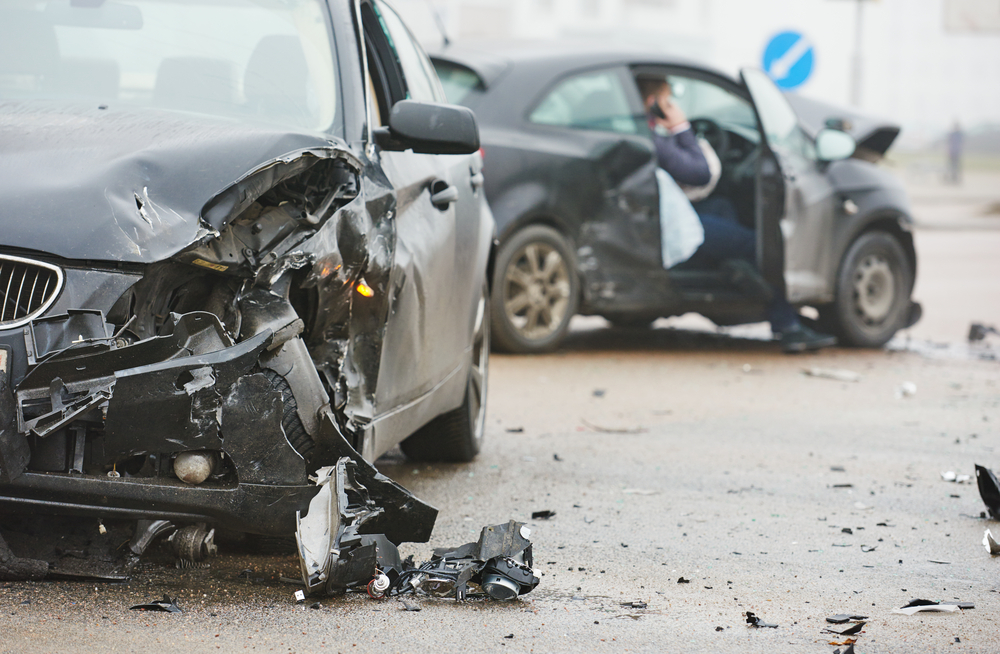If you’ve been involved in a car accident, it’s crucial to begin collecting evidence immediately. Evidence is the foundation of every personal injury case — and it is essential to prevailing in your claim. The types of evidence used in a car accident lawsuit can vary widely depending on the facts and circumstances of the collision. However, there are several key pieces of evidence that may be used in every case to establish liability.
Types of Evidence to Prove Your Car Accident Case
In order to prevail in a car accident lawsuit, you must demonstrate that another party was negligent — and establish that their actions (or inaction) caused you to suffer injuries. Common evidence used to prove another driver’s carelessness, negligence, or recklessness include:
- Physical Evidence — Physical evidence can take many forms. Any damaged property at the scene of the crash, or objects and items involved in the accident, may be admissible as evidence if they are relevant to the personal injury action.
- Photographs — Photographs often provide critical evidence following a car crash. Photos can show what the accident scene looked like, the injuries the victim sustained, and the damage that occurred.
- Video Footage — Video footage is one of the best ways to show how an accident occurred and often provides clear evidence of negligence.
- Witness Testimony — Following an accident, it’s important to collect the names and contact information of any witnesses. Witness testimony can be extremely valuable in a car accident case and help a victim prove their claim.
- Medical Documentation — Medical records in connection with a victim’s accident-related injuries are vital in any personal injury action. Without medical documentation showing that the victim’s injuries were directly caused by the defendant’s negligence, they will not be able to assert a viable claim.
In a personal injury case, evidence can be obtained through the formal discovery process. Discovery is the phase of litigation in which both sides investigate the facts of the case and exchange information. Any evidence pertinent to the claim may be discoverable unless there is a reason the court deems it should be excluded.
What is Spoliation of Evidence?
The term “spoliation of evidence” is often used in personal injury litigation. Spoliation occurs when one party deliberately or accidentally destroys evidence that would be relevant in the case. Spoliation of evidence can range from erasing video footage of the accident to withholding documents. It can also include destroying a phone that may have contained time-stamped evidence, such as text messages or phone calls.
A personal injury attorney will typically send a spoliation letter to all parties involved in the case as soon as possible to put them on notice and advise them regarding their obligation to preserve all evidence within their control. Importantly, each side has a duty to preserve evidence after an accident — a party who is responsible for spoliating evidence can face sanctions imposed by the court. They may also be precluded from raising certain arguments.
Contact an Experienced New York Personal Injury Attorney
If you’ve been in a car accident, it’s essential to have a personal injury attorney on your side who can help you navigate the discovery process and obtain the evidence required to prevail in your case. The Dearie Law Firm, P.C. has been successfully representing clients in car accident lawsuits and a wide variety of personal injury matters for more than 30 years — and securing favorable outcomes in their cases.
The Dearie Law Firm, P.C. has convenient office locations in Manhattan, Brooklyn, and the Bronx, as well as mobile locations serving Brooklyn, Queens, Manhattan, the Bronx, Staten Island, Westchester, Rockland County, and on Long Island in Nassau County and Suffolk County. Contact us for a consultation.

